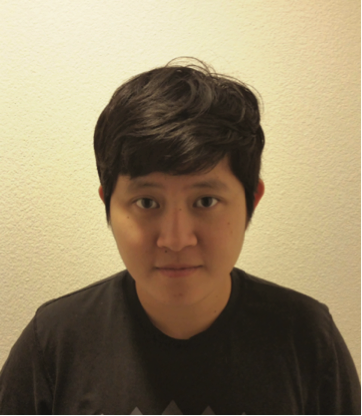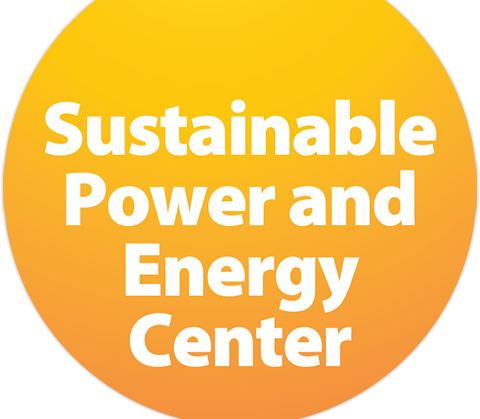The UC President’s Carbon Neutrality Initiative Student Fellowship Program
The UC President’s Carbon Neutrality Initiative Student Fellowship Program
Heterogeneous chlorine incorporation in organic-inorganic perovskite solar cells: a synchrotron-based X-ray nanoprobe study of local composition
Name: Yanqi Luo
Advisor: Prof. David Fenning
With the growth of the population and economy, one of the biggest challenges that we face in the 21st century is energy, specifically concerning the consumption rate of nonrenewable fossil fuel energy and the heavy price tag of greenhouse gas emissions that come with their use. To resolve this, terawatt-scale carbon neutral renewable energy is needed. Solar energy is likely to be a key ingredient in a carbon neutral future. The energy emitted by sun in 1 hour to the earth is more than the energy consumed by the human race in an entire year. Solar energy is free, abundant, and available to everyone as long as we can capture and store it efficiently and properly.
Photovoltaic (PV) research can be traced back to the 1950s. With tremendous research effort over the past decades, silicon based photovoltaic solar cells are now viable commercially at a large scale. UC San Diego, as an example, is expanding its 1.5 megawatt solar network, in addition to the 300 kilowatt solar water heating system already installed at North Campus Housing. In fact, California also provides a solar initiative program (CSI) as an incentive for people to install solar panels at their house. The CSI program has a budget of $2.167 billion over 10 years and the goal is to reach 1940 megawatt of installed solar capacity by the end of 2016. The main obstacle to achieving CNI and state renewable goals using primarily solar is the cost of solar energy per watt, even though the cost of PV/watt has dropped 10 to 20% yearly since 2012 (1). However, to compete with the conventional fossil fuels, it will need to be at least 2 times cheaper than it currently is (2).
Unlike silicon-based solar cells, a new type of PV absorber called the metal-halide perovskites have demonstrated promising properties including high charge-carrier mobility and high charge carrier lifetimes, with inexpensive fabrication cost (as low as $0.06/watt) and a simple fabrication process. Metal-halide perovskite solar cells, especially methylammonium lead halide (MAPbX3, X = Cl, Br, I), have recently attracted much attention in photovoltaic research and its PCE has risen from 3% to more than 20% within only four years. With a research focus on perovskite solar cells and the electrical impact of halide ions on the overall cell performance, I will help deliver renewable energy goals on campus, in the state, nationally, and globally by providing solar at 50% the cost of the current state.
In this study, we will exploit the use of X-Ray fluorescence (XRF) microscopy to measure the heterogeneous element concentration in perovskite solar cells at the nanoscale. At the same time, we will investigate the correlation between chloride ion incorporation and electrical performance of the perovskite crystal film via X-Ray Induced Current (XBIC). XBIC is a unique approach to map out electrical property of the active absorber in situ, where dark areas indicate charge recombination and bright areas reveal good charge transport. Pairing with XRF images, XBIC results will provide insight of the impact of halide distribution on the overall device efficiency.
- Retrieved from Berkeley Lab http://newscenter.lbl.gov/2015/08/12/solar-prices-fell-2015/
- Retrieved from: http://www.eia.gov/forecasts/aeo/pdf/0383(2015).pdf
UC is a national leader in sustainability research and practice. In an effort to become the first major research university system to achieve carbon neutrality, UC plans to expand and accelerate its climate action efforts over the next 11 years (2014-25). The overarching goal of UC President Janet Napolitano’s Carbon Neutrality Initiative is to commit UC to emit net zero greenhouse gases from its buildings and vehicle fleet by 2025. To ensure that students are engaged in this critical effort, the President created the Student Climate Research Fellowship/Internship Program.


